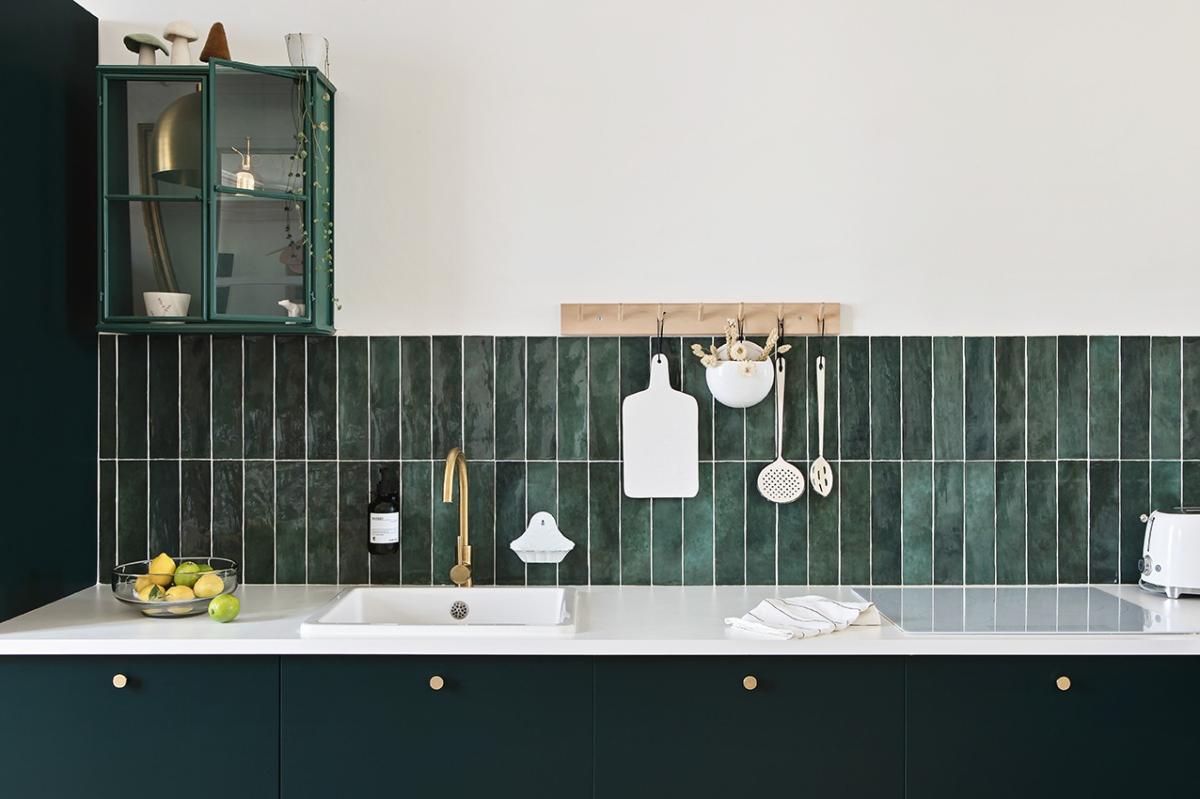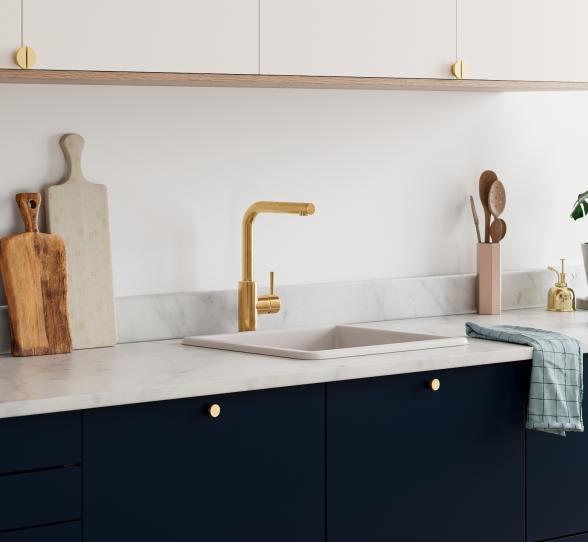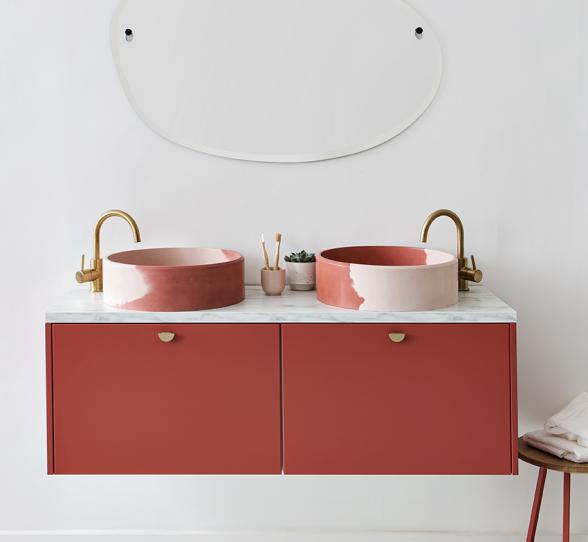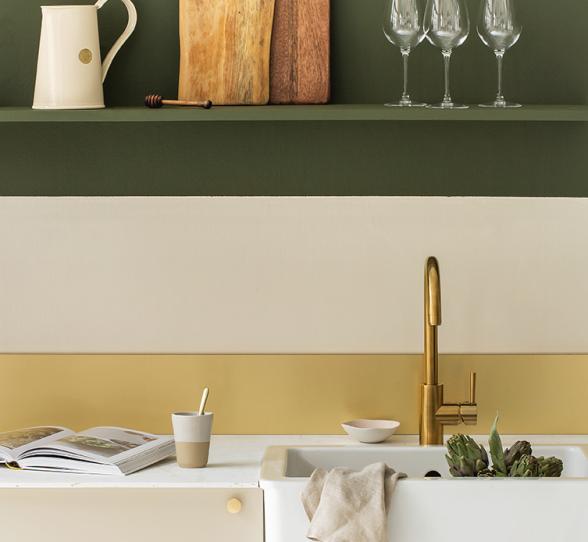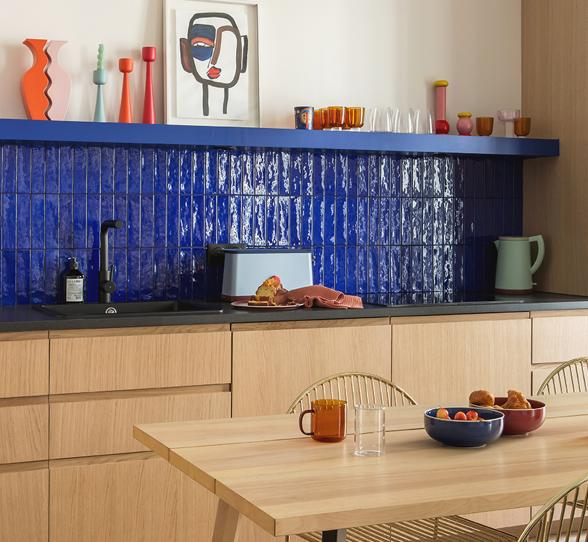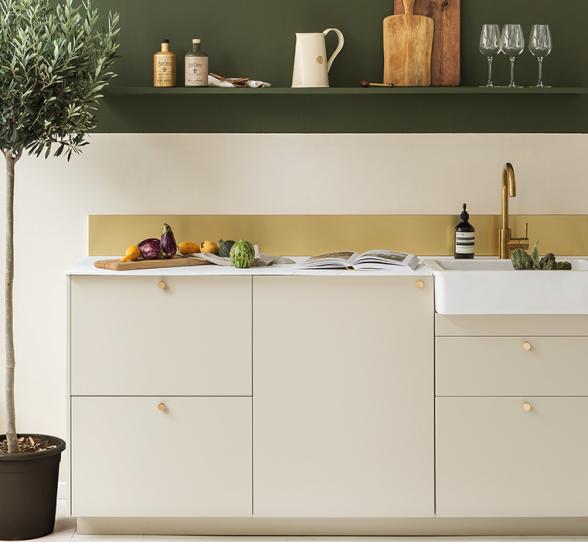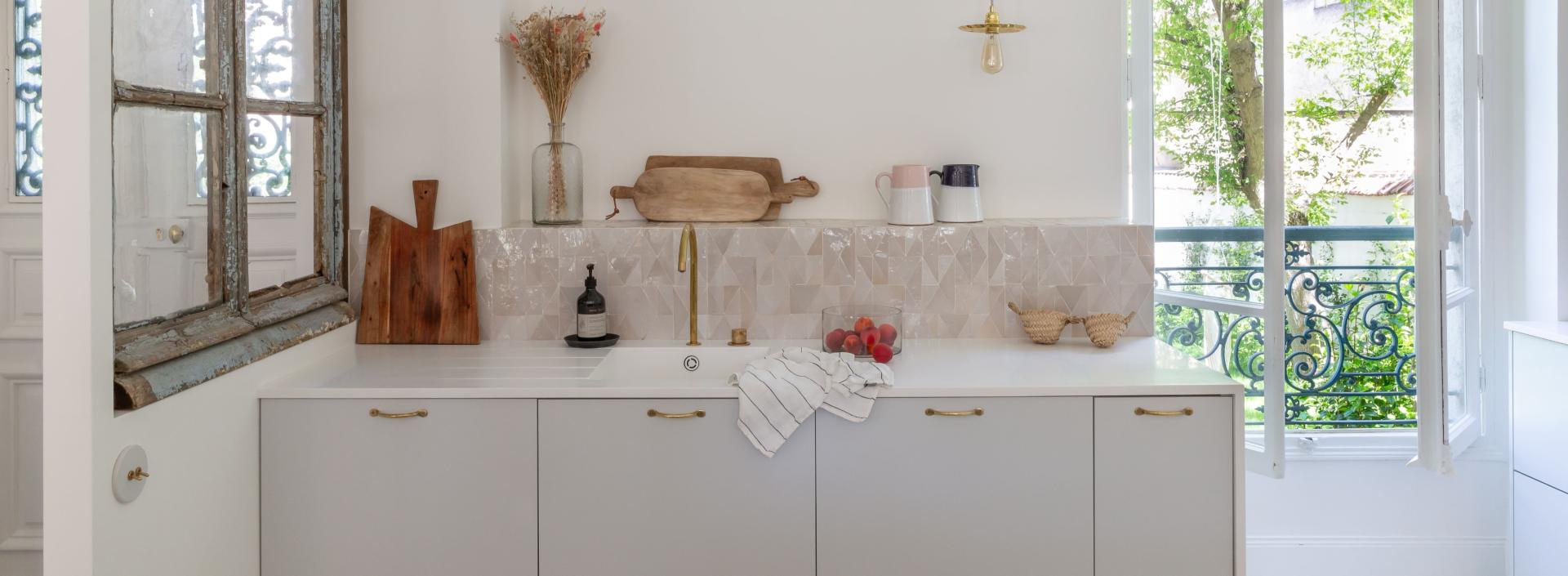
How to choose your kitchen sink?
It's half past midnight... Forget sheep, for the past few nights you've been counting the inches of your future sink. Two small basins? One large one? Or do you go for medium-sized to split the difference? What about the drainer...? Relax. We've explored all the options so you can choose your sink without sacrificing your nights. Follow our guide!
What types of sinks are there?
On one hand, the built-in sink: simply recessed into the countertop and secured by brackets. On the other: the flush-fitting sink, perfectly in line with the countertop. You didn't think the choice would be easy did you...? And in between these two options comes undermount and farmhouse sinks. The undermount sink is so discreet that it would go by totally unnoticed if it wasn't for your mixer tap. With its high-end look and drainer carved directly into the stone or composite countertop, it knows how to keep a low profile. If your countertop is made of wood or laminate, it's best to avoid this option: as water could seep between it and the sink, distorting it over time. The farmhouse sink is the obvious choice for the shaker-kitchen lovers out there, with its retro style that makes a statement as soon as you step foot in the kitchen.
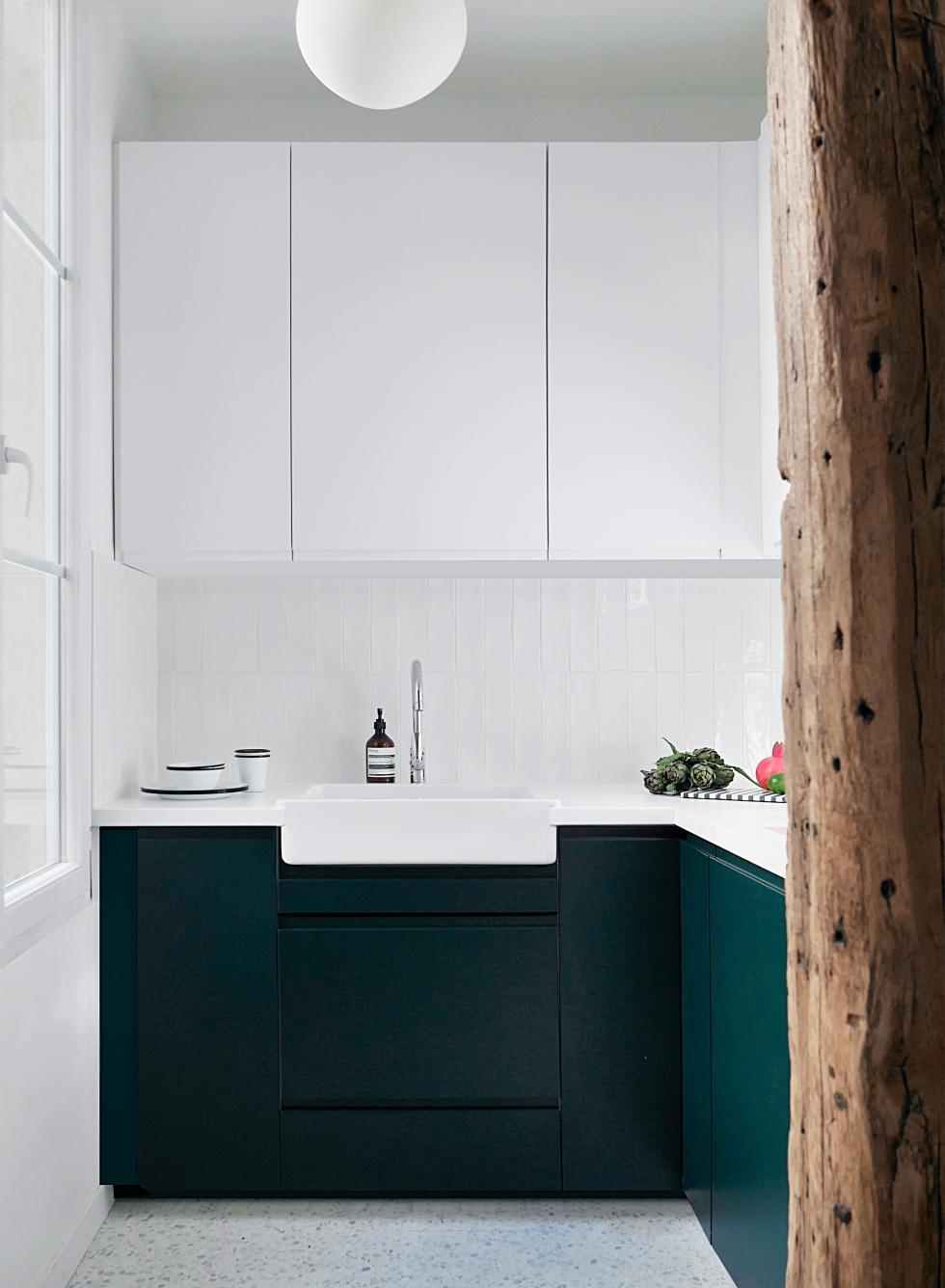
Do I really need a drainer?
In larger kitchens, it mainly comes down to a question of aesthetics. Whether you prefer to extend your sink or use a drainer is totally up to you. However, make note that drainers protect the countertop and prevent water and lime scale from damaging its surface. If your space is limited, there are now portable drainers that can be installed in the bowl of your sink, allowing you to save precious centimetres from your countertop.
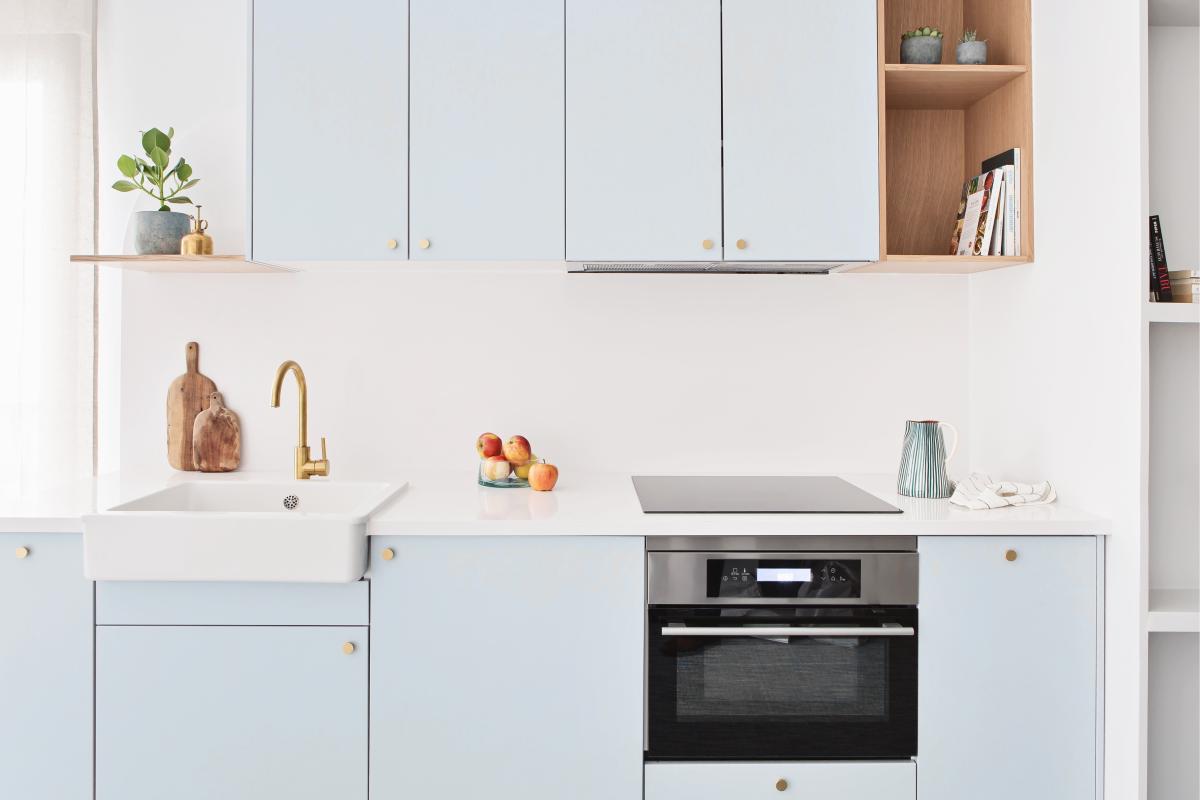
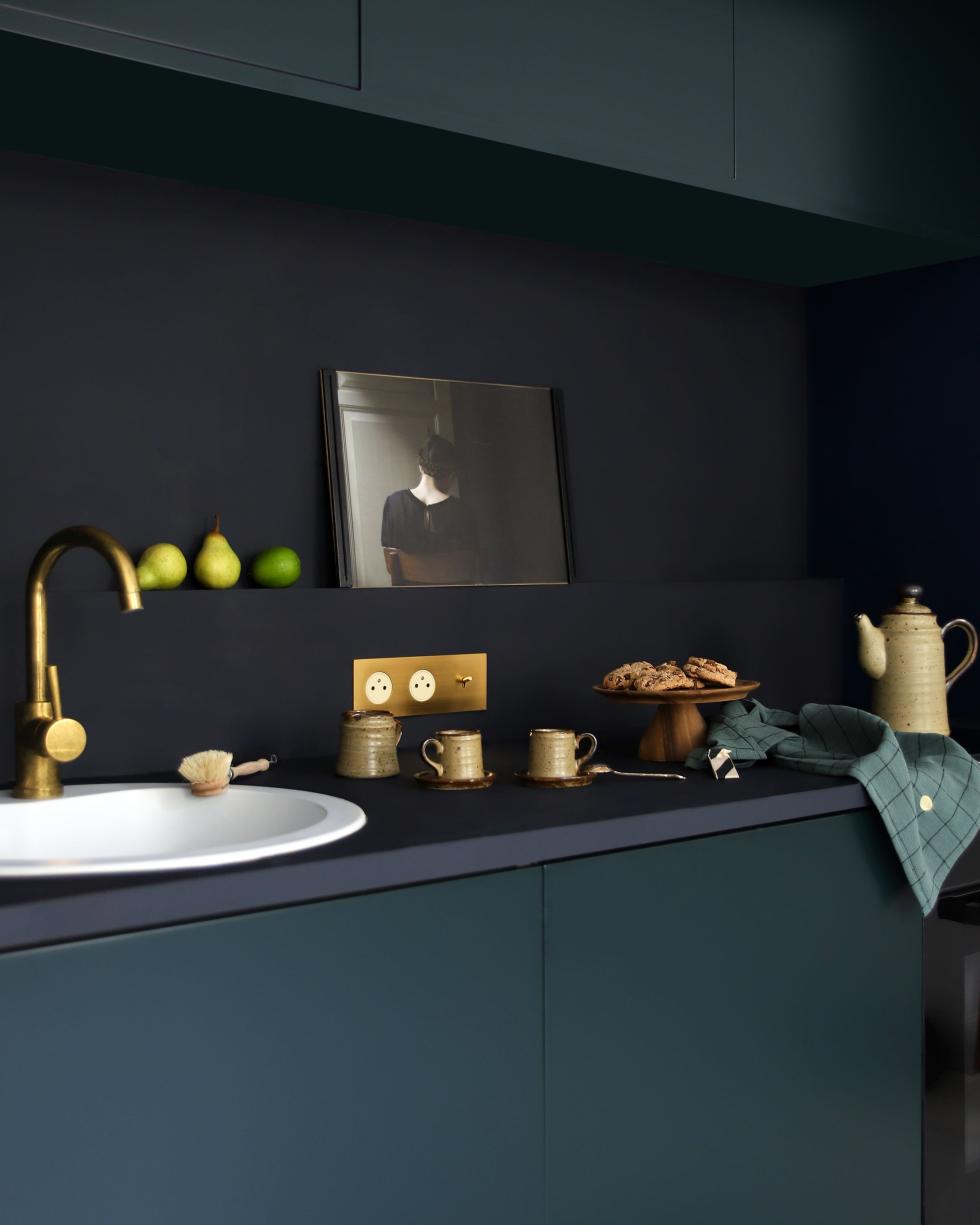
Which style should I choose?
Well, that all depends on the rest of your kitchen and of course your lifestyle. If you have a dishwasher and your vegetables are more likely to come out of a freezer bag than a veggie patch, a large rectangular basin may be enough. While the potato salad lovers will prefer to have two basins, so they can peel them in one and rinse them in the other. Friends, family and kid's combined, are you more likely to cook for eight than for two? A large 70cm wide basin will allow you to scrub your casserole dish without having to remove the two bowls and ten cups already in there. A hybrid sink with an extra half-basin will allow you to rinse a few carrots and wash your cutlery while still giving leaving plenty of space for your pots and pans. Less common than rectangular sinks, round models are also an option, with or without a drainer. These are particularly suitable for kitchenettes, as they save precious space. The downside being that their bowl space is also limited.

But which material to choose?
One step at a time! Once you've decided on style, it's time to take a look at the different materials.
Stainless steel
A common choice, stainless steel comes in all shapes and sizes. Typically made from fine, shiny stainless steel, low-cost sinks are often the first to show signs of wear and tear after a few months of use, leaving stubborn traces of limescale. We prefer the thick, textured models which are far easier to clean.
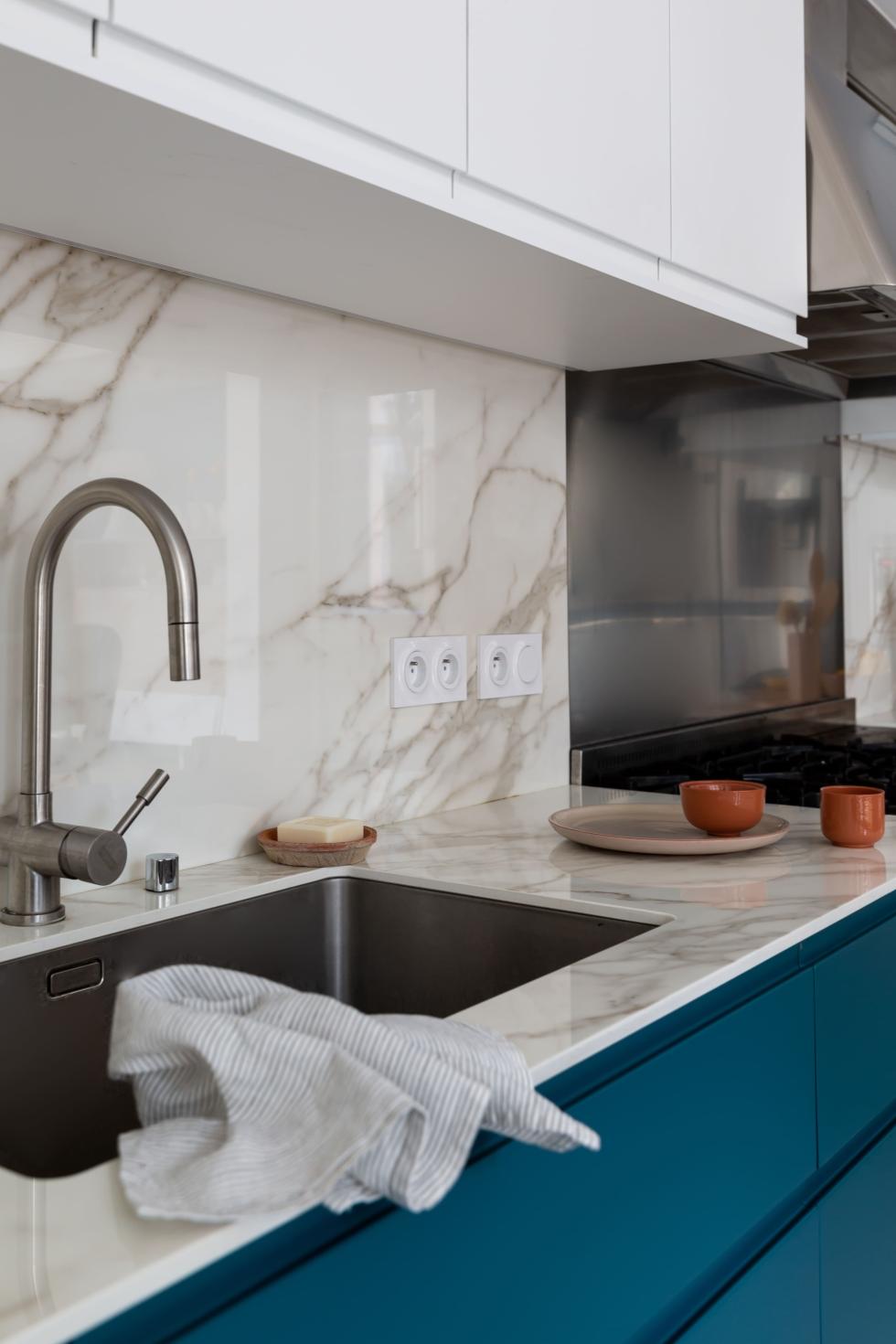
Granite and quartz composite
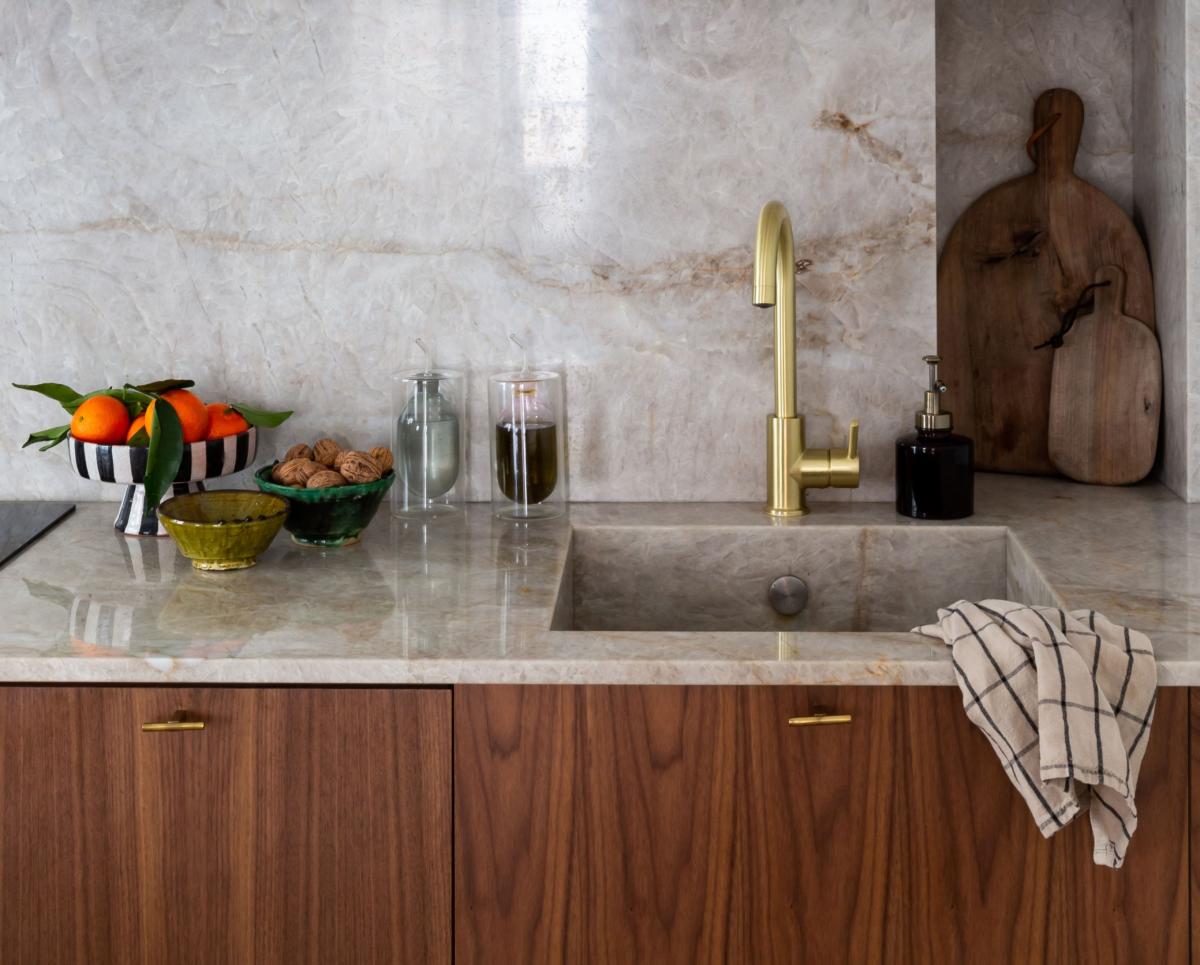
Ultra-resistant, granite and quartz composite styles do not have this problem. Available in several colours, they are both easy to clean and made to last. The only drawback is the slightly higher price tag than stainless steel sinks, and due to their weight, can only be installed with the help of a professional.
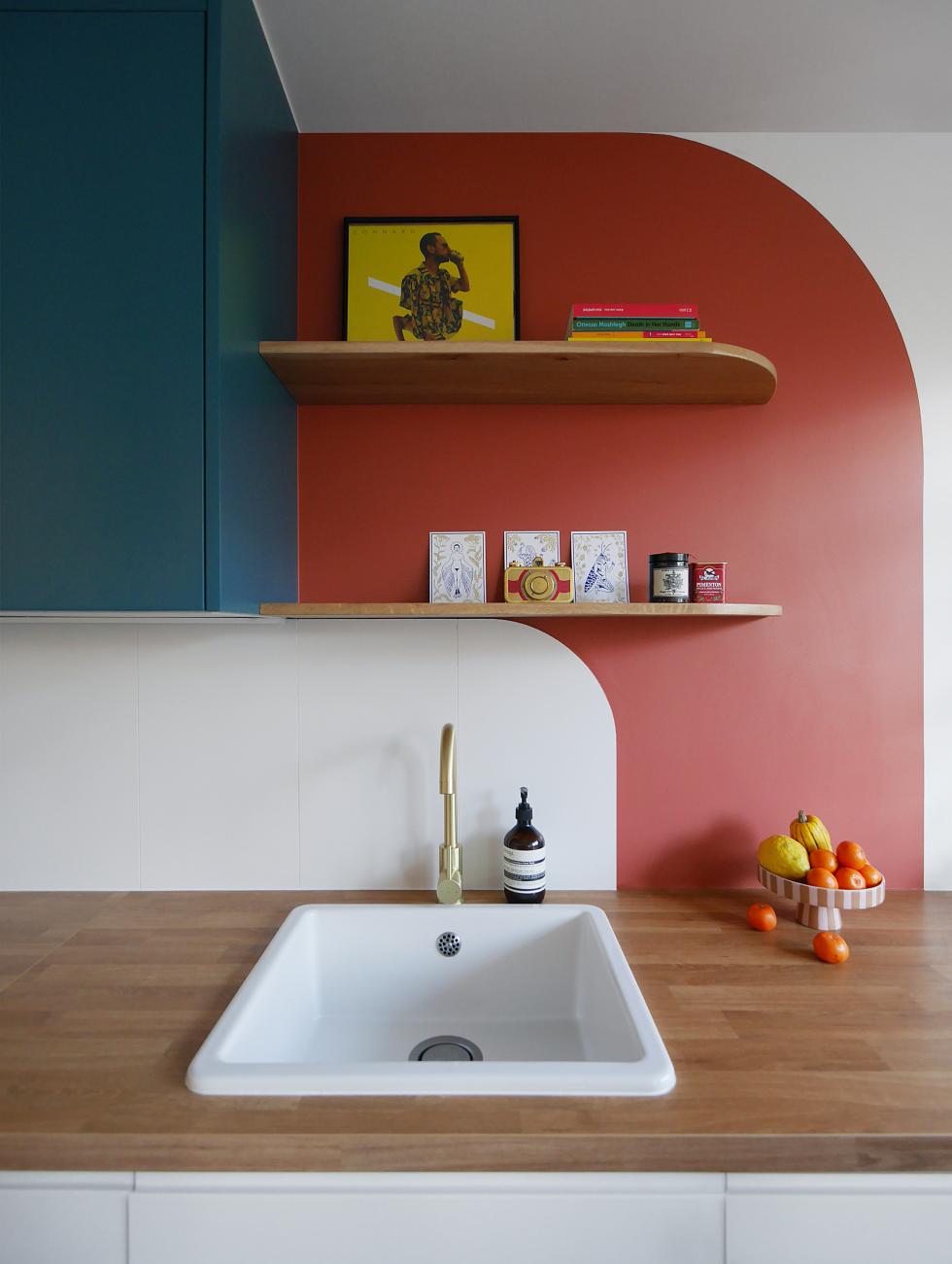
Enamel and porcelain
Classic and hygienic, enamel and porcelain sinks bring style to the kitchen. This is particularly true of farmhouse-style sinks, which are an attraction in their own right. Be careful with your pots & pans though, drop one too quickly and it may chip.

Resin
In recent years, resin sinks have made their mark in kitchens all over. Lightweight and available in a variety of shades, they have the advantage of being a budget-friendly choice. Although they may pass as quartz at first glance, they are not as strong as quartz: made from plastic, they are at risk of melting if a pan is too hot. White models tend to turn yellow over time, while with dark colours you'll have to watch out for limescale marks.
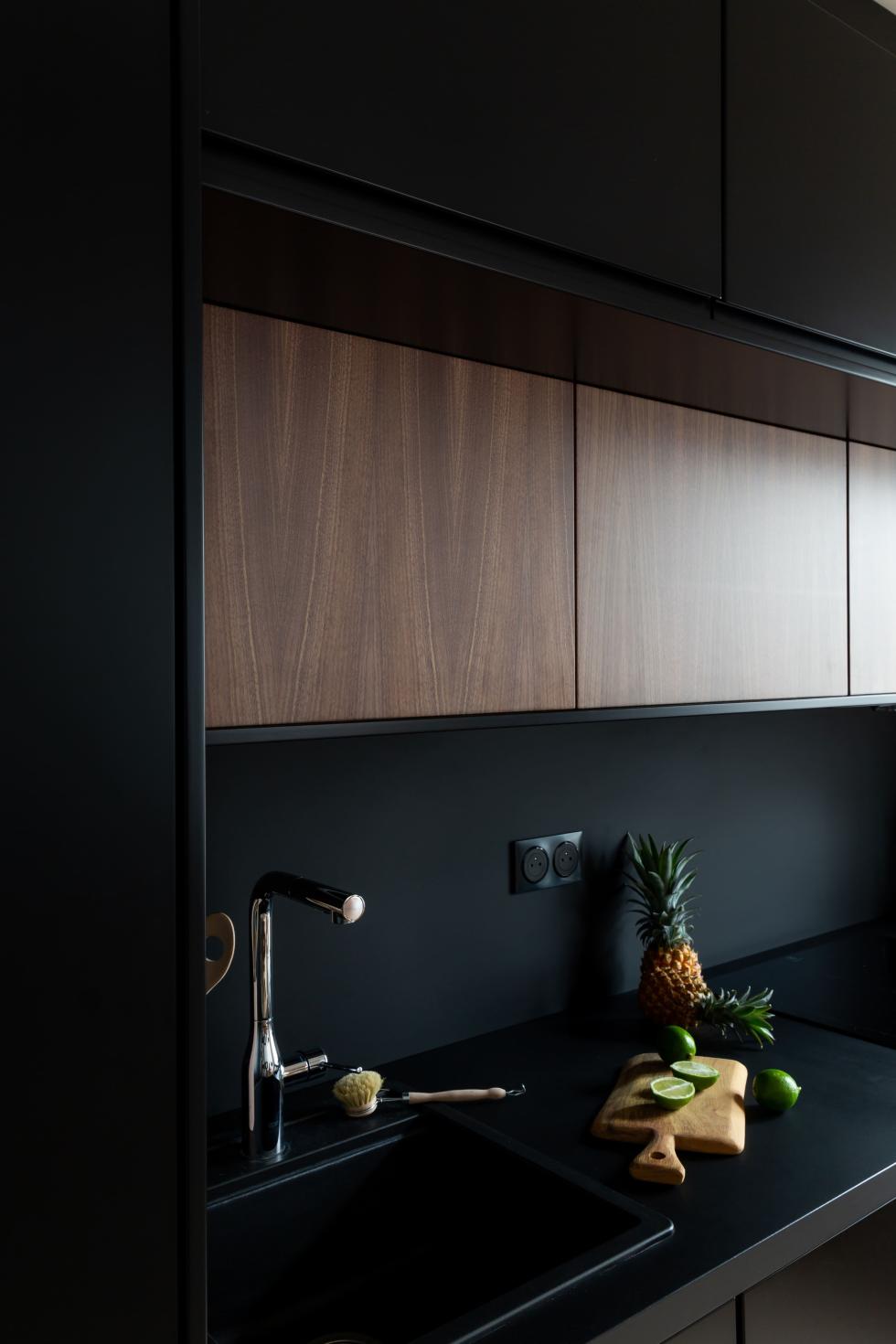
A few tips for installing your sink
- Step one, choose the cabinet where it'll go. While a 56 cm sink can fit into an 80 cm cabinet, a 70 cm sink cannot fit into a 60 cm cabinet. Take this into account when choosing your Metod cabinet frames at Ikea.
- Designed with easy-access in mind, the Swedish giants' sink cabinets do not have panels at the back, so you can easily run your pipes through. Placed the wrong order or this model is out of stock? Don't panic: all you have to do is remove the back panel of a classic cabinet.
- If you choose a model with an built-in drainer, include it on your plan when you design it with the Ikea Kitchen Planner. Don't hesitate to move it around for ease of use, placing the drainer to the right of the sink if you are right-handed, and to the left if you are left-handed.
- Finally, be careful if you opt for a farmhouse sink: heavy and imposing, it must rest on two cabinets placed on either side of the sink cabinet itself. It is therefore impossible to place it at the end of a shelf. Finally, think about its height. For example, the Ikea Havsen model covers the equivalent of a 10 cm front, )which you won't need to order). If your farmhouse sink is by another brand, you may have to cut out a drawer front space to fit it in, or add a filler panel for the gap between the sink and the front below.
